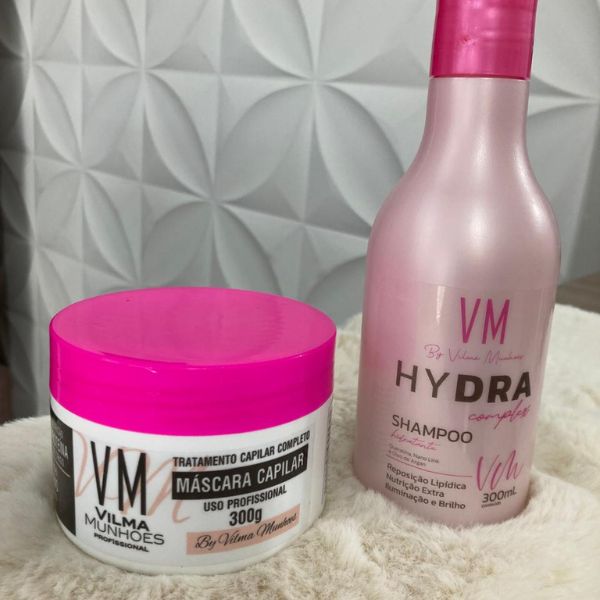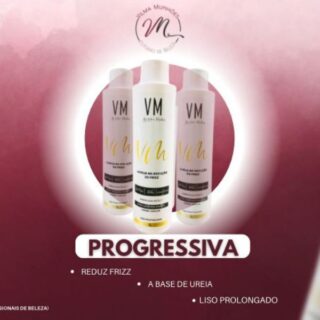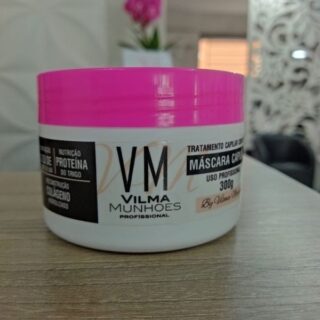Kit home care
R$100.90
Understanding Kit Homes: Features and Benefits
Kit homes, also known as prefab homes or modular homes, have a rich history that dates back to the early 20th century. These homes were initially popularized by companies like Sears, Roebuck and Co., which sold mail-order homes that could be assembled by homeowners themselves. In the modern era, kit homes have evolved significantly, offering a wide range of designs and technological advancements. They are pre-manufactured housing units that are delivered in parts and assembled on-site, making them a cost-effective and efficient alternative to traditional homes.
One of the defining features of kit homes is their modular construction. This allows for components to be manufactured in a controlled environment, ensuring high quality and precision. The ease of assembly is another key characteristic, as these homes come with detailed instructions and pre-cut materials, making them accessible even for those with limited construction experience. Customization options are also abundant, allowing homeowners to choose from various layouts, finishes, and design elements to suit their personal tastes and needs.
The benefits of opting for a kit home are manifold. Cost-efficiency is perhaps the most compelling advantage. Kit homes typically cost significantly less than traditional homes due to reduced labor costs and economies of scale in manufacturing. Additionally, the construction time is considerably shorter, often taking just a few weeks to complete, compared to several months for conventional homes. This speed is largely due to the pre-fabricated nature of the components, which reduces on-site construction time.
Environmental sustainability is another major benefit. Kit homes are often designed with energy efficiency in mind, utilizing sustainable materials and modern insulation techniques. This not only reduces the environmental impact but also leads to lower utility bills for homeowners. The potential for DIY assembly further adds to the appeal, providing an opportunity for homeowners to actively participate in the building process, which can be both rewarding and cost-saving.
Kit homes come in various types, ranging from simple one-room cabins to more complex multi-room structures. This diversity allows for a broad spectrum of applications, from vacation homes and guest houses to primary residences and even commercial spaces. The flexibility and adaptability of kit homes make them an attractive option for a wide range of needs and preferences.
Essential Tips for Maintaining Your Kit Home
Maintaining a kit home is imperative for ensuring its longevity and functionality. Regular maintenance tasks are key to preserving the structural integrity of your home and preventing costly repairs. One of the primary steps in maintaining a kit home is conducting routine inspections. This involves thoroughly examining the structure for any signs of wear and tear, such as cracks in walls, foundation issues, or damaged roofing materials. It is advisable to inspect your home at least twice a year, ideally in spring and fall, to catch any problems early.
Ensuring that all components of your kit home are secure is another critical aspect of maintenance. This includes checking that doors, windows, and locks are in proper working order and that there are no gaps or leaks that could allow moisture or pests to enter. Regularly inspecting and maintaining the exterior elements, such as gutters, downspouts, and siding, will also help protect your home from the elements and extend its lifespan.
Seasonal maintenance is essential for preparing your kit home to withstand varying weather conditions. In winter, ensure that your home is well-insulated to prevent heat loss and protect pipes from freezing. Clear gutters of leaves and debris to prevent ice dams and roof damage. In summer, focus on ventilation to keep your home cool and inspect for any signs of heat-related wear, such as fading paint or warping materials.
Addressing common issues promptly can prevent them from escalating into major problems. Moisture control is vital in maintaining the health of your kit home; ensure proper ventilation, fix leaks immediately, and use dehumidifiers in damp areas. Pest prevention is equally important; seal any cracks or gaps, keep the home clean, and consider regular pest inspections. Managing natural wear involves periodic painting or staining of wood surfaces, replacing worn-out components, and keeping an eye on the overall condition of the home.
By following these essential tips for maintaining your kit home, you can ensure that it remains in optimal condition for years to come, providing a safe and comfortable living environment for you and your family.








Avaliações
Não há avaliações ainda.